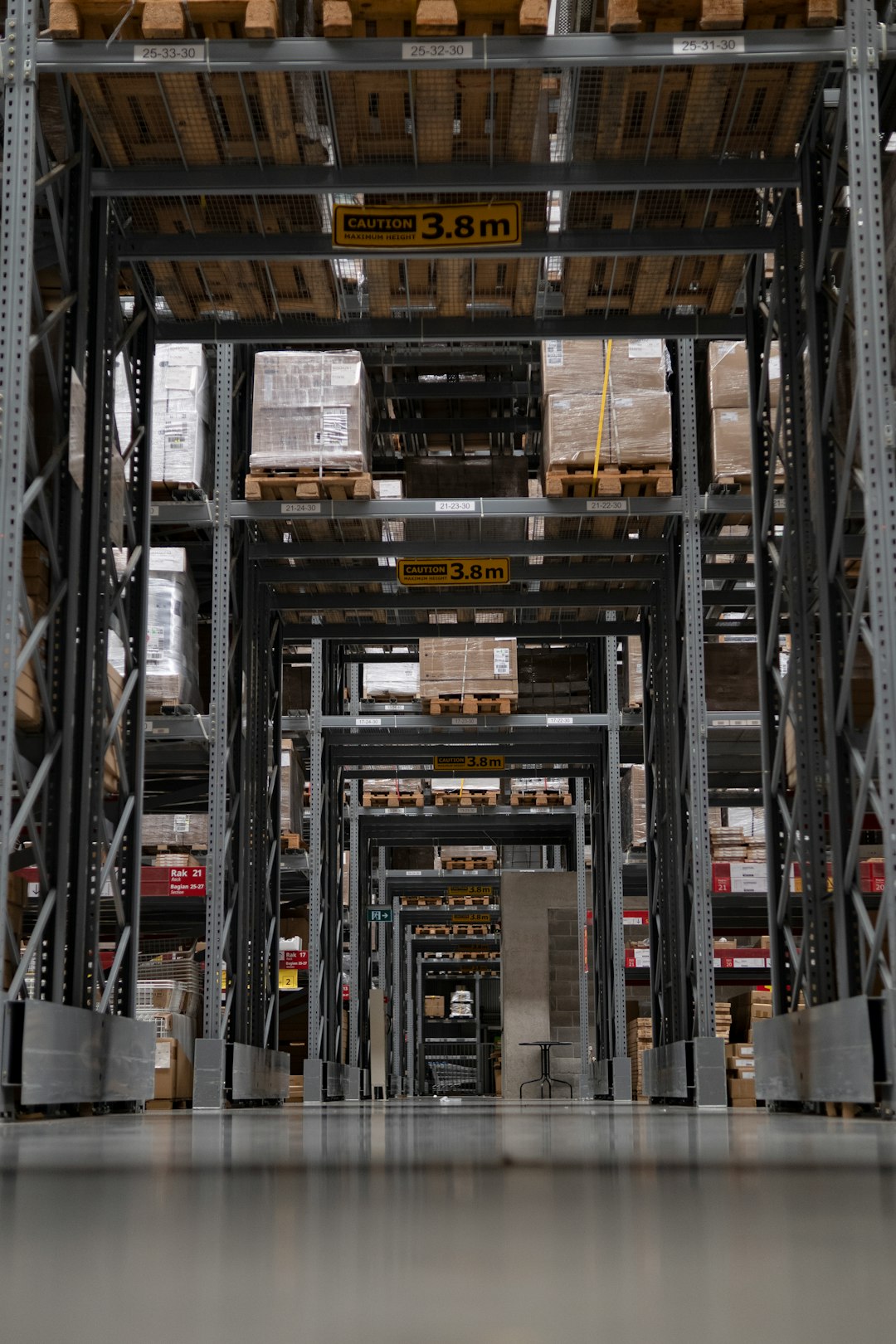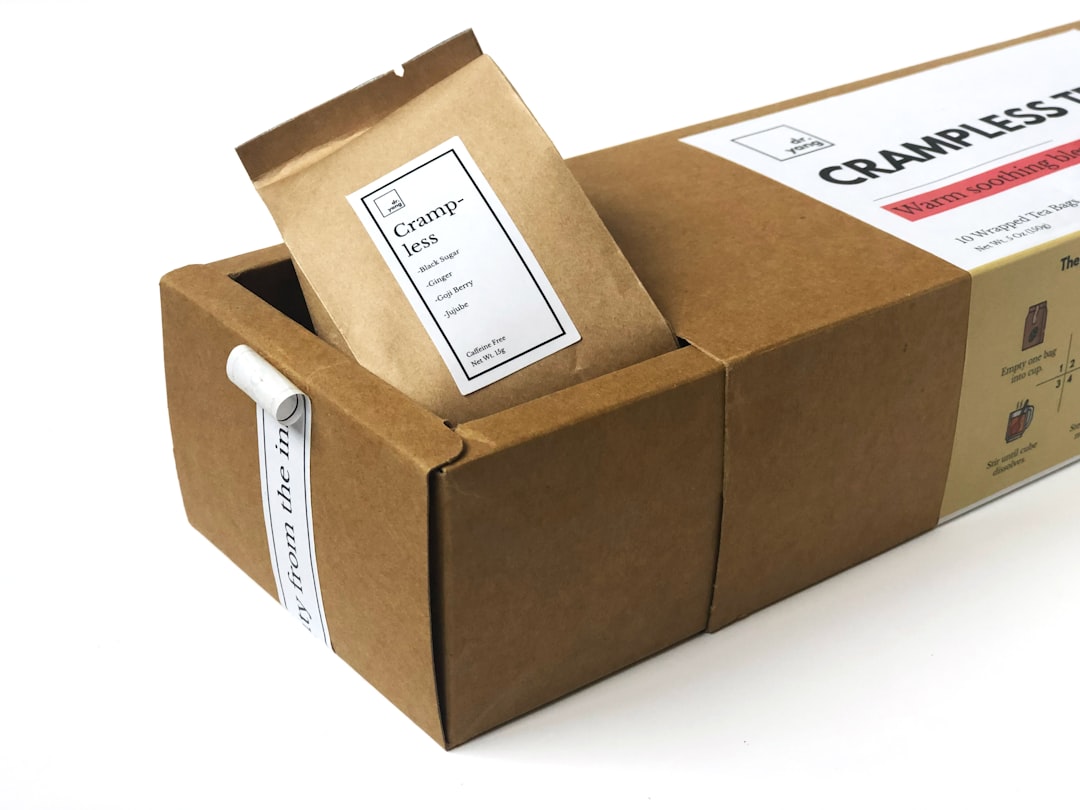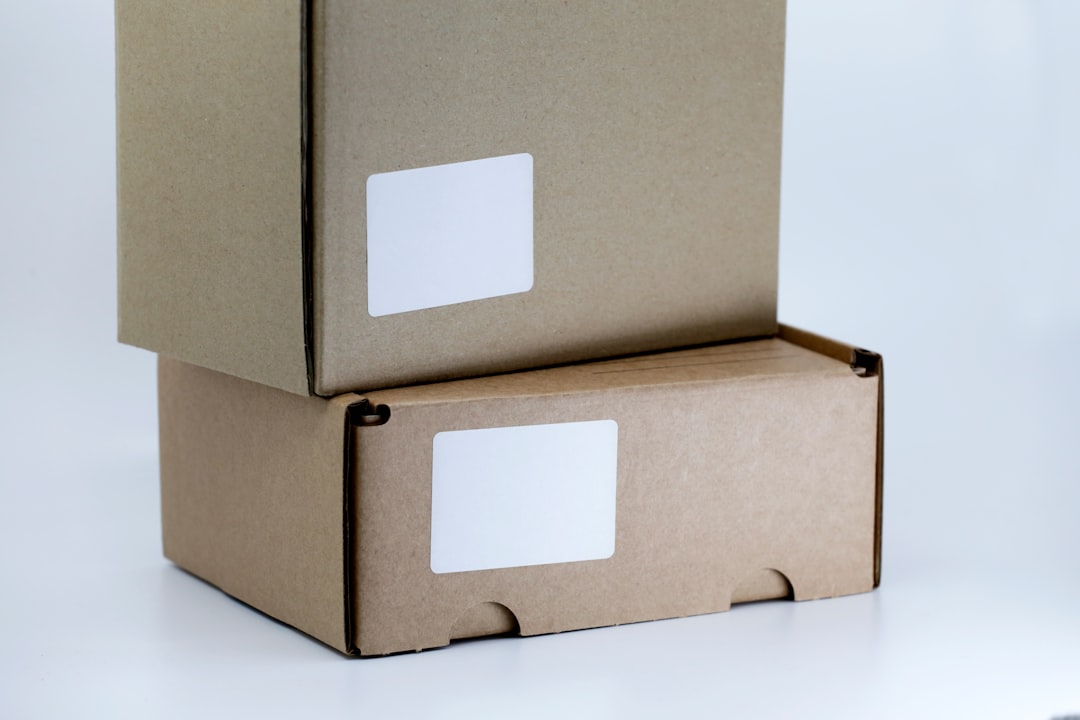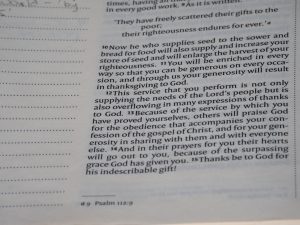
When selling products on Amazon, merchants have two main fulfillment options: FBM (Fulfilled by Merchant) and FBA (Fulfilled by Amazon). Choosing between these two can significantly influence the way a business operates, manages logistics, and interacts with customers.
Fulfillment refers to the process of storing, packing, and shipping products to customers. Each model—FBM and FBA—has its own set of advantages, drawbacks, and ideal use cases. Understanding how they work is essential for any seller aiming to grow on the Amazon marketplace.
What is FBM?
FBM (Fulfilled by Merchant) is a fulfillment method where the seller is responsible for the entire order process. From storing inventory to packing items and shipping to customers, everything is managed by the seller or a third-party logistics service.
This method gives sellers complete control over how products reach customers. It can be ideal for those who already have an established sales infrastructure or unique packaging and branding requirements.
Key Characteristics of FBM:
- Sellers store their own inventory.
- Sellers handle packaging and shipping directly or through a logistics partner.
- Customer service and returns are usually dealt with by the seller.
- Lower fees compared to FBA, but more work is required.

What is FBA?
FBA (Fulfilled by Amazon) is a fulfillment program where sellers send their products to Amazon’s fulfillment centers. Amazon then picks, packs, and ships the items on behalf of the seller and also handles customer service and returns.
This model is particularly attractive for sellers looking to scale quickly or those who want to avoid the logistical workload involved in processing orders.
Key Characteristics of FBA:
- Amazon takes care of inventory storage, shipping, and delivery.
- Customer inquiries, returns, and refunds are handled by Amazon.
- Products are eligible for Prime shipping, which can lead to increased sales.
- Higher fulfillment fees, but less hands-on work required.

Choosing Between FBM and FBA
The decision between FBM and FBA depends on several factors, including the type of product being sold, the seller’s available resources, and business goals. Here are a few considerations to help make the choice:
- Product Size & Weight: FBA fees increase with heavier or oversized items, making FBM more cost-effective in some cases.
- Volume of Sales: High sales volumes may benefit from FBA’s streamlined logistics and Prime eligibility.
- Control and Branding: FBM offers more flexibility in packaging and branding for unique or customized products.
- Customer Reach: FBA allows sellers to tap into Amazon’s trusted logistics network, attracting more Prime customers.

FAQ: FBM vs FBA
- Q: Can a seller use both FBM and FBA?
A: Yes, many sellers use a hybrid model depending on product type and market needs. - Q: Is FBA better for international shipping?
A: Generally, yes. FBA has more efficient global fulfillment systems and Amazon handles cross-border issues. - Q: Are FBA fees higher than FBM?
A: Yes. FBA includes storage and fulfillment fees but reduces seller workload. FBM can be more affordable if in-house logistics are efficient. - Q: Does FBM affect the Buy Box?
A: FBA listings often have a higher chance of winning the Buy Box due to faster delivery and Prime advantages, but FBM can still compete with excellent seller metrics. - Q: How long does it take to switch from FBM to FBA?
A: The switch can take a few days to a couple of weeks, depending on how long it takes to send inventory to Amazon’s fulfillment centers and update listings.
In the end, both FBM and FBA have their own place in the Amazon ecosystem. Sellers should carefully evaluate their capabilities, product requirements, and business scale to choose the model—or combination—that aligns best with their goals.






